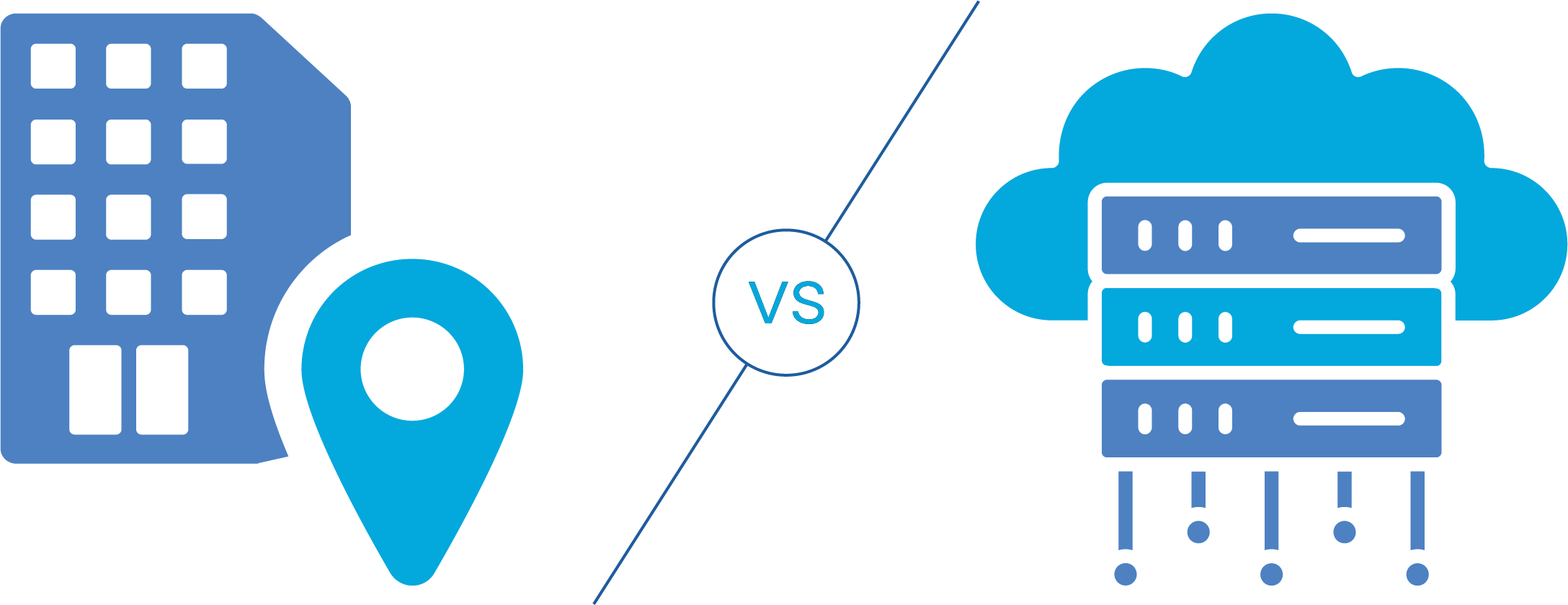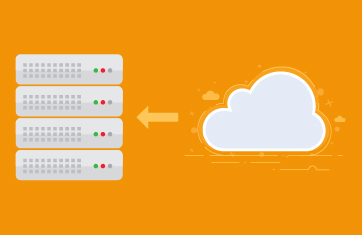What is On-premises
What is On-Premises?
On-premises refers to IT infrastructure systems and software located on-site. Unlike cloud computing, where services are hosted by remote data centers or public cloud platforms, the organization owns and manages this infrastructure within facilities like office buildings or data centers, where they have more control of their IT assets.

Is it On-premise or On-premises?
The correct term is "on-premises." It is used as an adjective to describe something that is located within an organization's physical premises or facilities, such as an on-premises data center, etc. The term "on-premise" is incorrect in this context. The word “premise” means “the basis for an argument or conclusion” and has nothing to do with the site on which an organization locates its IT systems.
Is On-prem the same as On-premises?
Yes, on-prem is a widely used and acceptable abbreviation of “on-premises” and most people find it easier to say.
Why do some organizations prefer On-premises to Cloud?
There are several reasons why organizations might choose on-premises solutions over cloud solutions, depending on their specific needs, requirements, and circumstances. Here are some common reasons:
What is Hybrid Cloud?
Hybrid cloud is usually used to refer to the scenario where an organization uses a combination of on-premises and cloud infrastructure to host their IT systems. For example, it is very common to see organizations using cloud services but relying on an on-prem Active Directory server for access.
Please see: What is Supercloud? What to consider when monitoring and observing a Supercloud? For an overview on hybrid cloud in the context of multi-cloud.
Is eG Enterprise an On-Premises or cloud hosted monitoring solution?
eG Enterprise can be self-hosted either on-prem or in cloud resource of the customer’s choosing. Additionally, eG Enterprise is offered as a fully managed cloud service in several cloud regions to suit the data localization needs of customers.
By choosing a monitoring solution that can be migrated between an on-prem and a cloud hosted solution, our customers can future-proof themselves for unforeseen changes in their data control needs and cloud pricing nuances. We have seen some Managed Service Providers (MSPs) migrate from cloud hosted eG Enterprise as their customer base has grown larger as they are now able to justify on-prem resources and amortize costs with their own datacenters.
Read more about deployment options and considerations in Deploying IT Monitoring - SaaS or On-Premises.
On-premises or Cloud – which is best?
Of course, this will always depend on the individual organization and the nuances of their requirements. We have a collection of articles containing data on cloud adoption trends, cloud repatriation, data localization considerations and so on, with lots of links to other reosurces that may help you evaluate whether on-prem or cloud suits you organization best, please see:
Transferring monitoring tool licenses from On-prem to the Cloud
eG Enterprise is unusual in that our licenses are transferable between the 400+ technology stacks we monitor. This means that if a customer migrates from an on-prem database technology such as Oracle DB to a cloud hosted database such as Azure Cosmos DB they can transfer their licenses alongside their databases and avoid shelfware. Similarly, if a customer starts to migrate users off on-prem Citrix to cloud hosted Azure Virtual Desktop (AVD), the per user monitoring licenses can be transferred as the users move. This also allows the legacy and new technologies to be baselined and compared to measure success.





